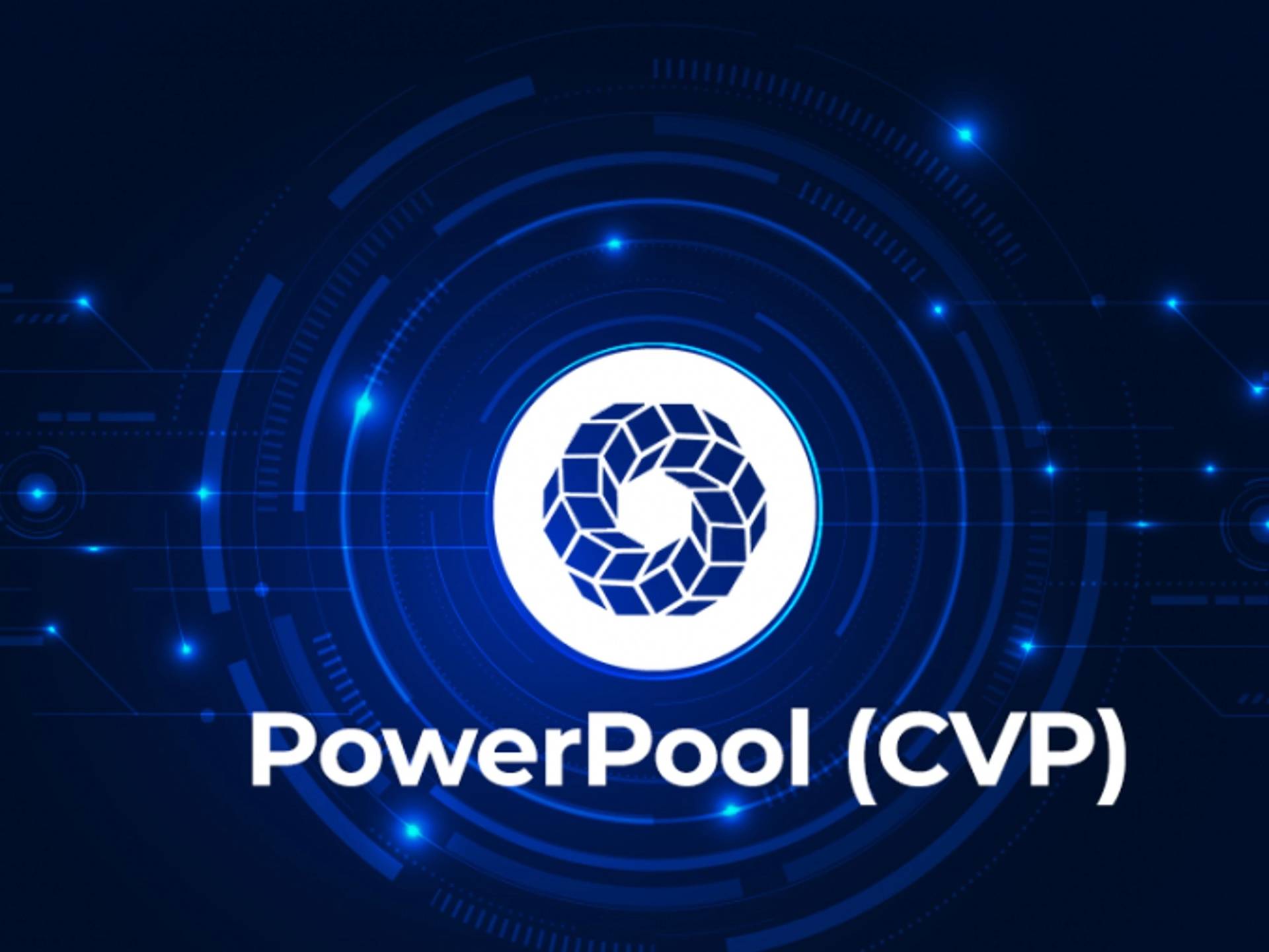Subscribe to wiki
Share wiki
Bookmark
PowerPool
The Agent Tokenization Platform (ATP):Build autonomous agents with the Agent Development Kit (ADK)
PowerPool
The Power Index Pool is a protocol, an unaudited and liquidity-capped MVP (the Minimal Valuable Product), created for demonstrating certain features and functions of the future Power Index, offering a convenient solution for pooling governance tokens[1][2][3].
It allows the token holders to lend, pool, borrow governance tokens, get income from that, and accumulate governance power in protocols based on Ethereum. The Power Pool's mission is to expand the utility of governance tokens to the end-users and provide a new level of coordination of decision-making in the Defi ecosystem.
Overview
The PowerPool is a lending protocol for the governance tokens, such as COMP, BAL, LEND, YFI, BZRX, AKRO, and many others. It is important to note that currently, PowerPool is targeted on the Defi market as the hottest one, but generally is not limited to it and can serve for pooling any other governance tokens in the Ethereum ecosystem[4][5][6].
The PowerPool is based on a simple lending model, close to Compound’s one from the first sight. Every holder of GTs can supply liquidity into a contract and get the interest rate if there is a demand. Any person on the market can borrow GTs placing allowed digital assets as collateral. Currently, we plan to add ETH, wBTC, and DAI as collaterals for borrowing governance tokens. On the other hand, it has certain upgrades, and the particular set of oracles developed to form price feeds of highly-volatile assets such as GTs[7].
The native token of Power Pool protocol is the CVP (Concentrated Voting Power). It allows the protocol governance (including code upgrades) to be transmitted to the active community and liquidity providers. It is a governance token, which has one brand new function, that is not presented in any Defi protocol, governed by token holders yet.
The token functions (voting on proposals regarding protocol operation):
- Listing of new liquidity pools in the Power Pool protocol and allocation of liquidity mining rewards to them
- Adding and removing collateral types in the protocol
- Adding new lending logic to the protocol (now consider fixed-term agreements and some other ones)
- Upgrade and maintain the source code of the smart contracts
Additionally, CPV has one unique function that wasn’t present in other lending protocols before. It comes down to direct voting using remaining (unclaimed by borrowers) GTs in the Power Pool lending contracts. So, CVP captures value from the possibility to govern the Power Pool protocol itself and from the possibility to decide how pooled GTs will vote.
Team
Alexander Gupta
- Founder
See something wrong?
The Agent Tokenization Platform (ATP):Build autonomous agents with the Agent Development Kit (ADK)
